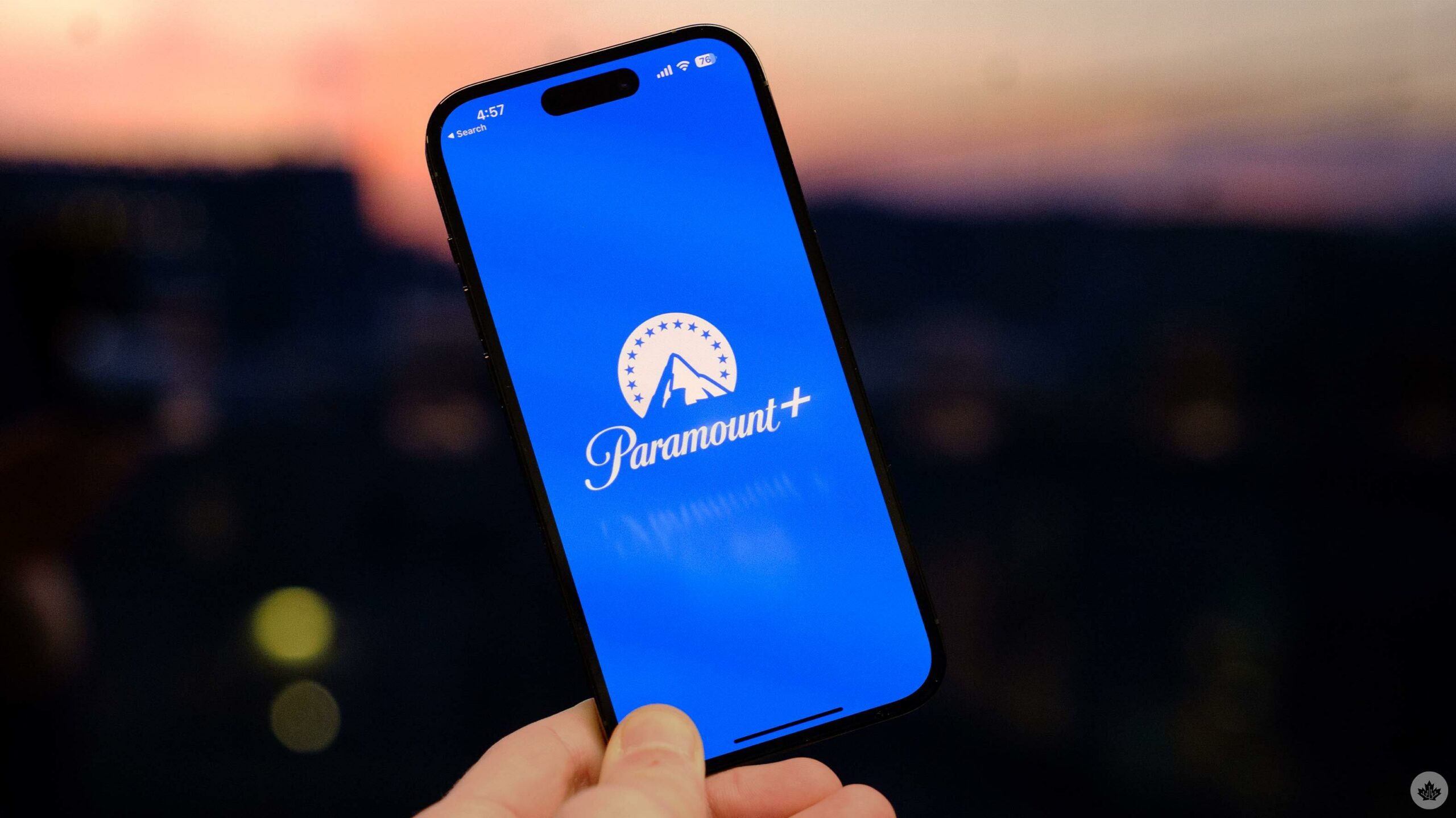Mardi Gras Means More Than Floats to Flagboy Giz

Gizs growing profile has made him a representative of New Orleans arts and culture. However, his success has also created tensions with some Black Masking Indians who are uncomfortable with any commercialization of their art form. The issue has come up in the past: In 1976, the forefathers of Gizs tribe released The Wild Tchoupitoulas, an album that joined swampy funk music and traditional chants with support from the Neville Brothers and the Meters.
Giz said hed been taking heavy criticism, particularly from elders. One of them even called me a disgrace to the culture, he said, clearly perturbed by the comment. He pointed out that he never curses in his songs, and said that his lyrics have always focused on the specifics of Mardi Gras Indian life.
Melissa A. Weber, a professor who teaches history of urban music at Loyola University New Orleans, said bounce music and Mardi Gras Indian chants arent disparate: When it comes to Black culture and Black people in New Orleans, there is always going to be intersection, she said in an interview, noting that bounce comes from communal gatherings, just as Mardi Gras Indian culture does. Other artists are merging hip-hop with traditional Mardi Gras Indian music, she noted like 79rs Gang, the Rumble featuring Chief Joseph Boudreaux Jr., and Big Chief Brian Harrison Nelson and Nouveau Bounce. Like Chief Xian aTunde Adjuah, who incorporates those same traditions into jazz, Giz is a part of a younger generation marrying Black Indian chants with the musical lineage of their time.
While Gizs thunderous voice and gift for capitalizing on the visual appeal of his suits have gained him an audience, the blowback from his community has hit him personally. He titled his third album, released last September, Disgrace to the Culture. The record features his biggest sound to date thanks to live horns from the Brass-A-Holics, and includes songs like Drummin With the Pilgrims, which takes aim at those Giz believes are actually disgracing the culture. Spyboy T3, an 8-year-old Spyboy of the Wild Tchoupitoulas tribe (the person who marches up front looking for other tribes), joins him for two features.
The goal of Flagboy Gizs music remains simple: spread the word about Black Masking Indians. I want the outside world to know that Mardi Gras aint just some floats, he said. We started this because we werent allowed to go to Mardi Gras. We had to come up with our own traditions, and the fact that we have gone through so much as Black people and we still got these traditions going strong, its incredible.
(The following story may or may not have been edited by NEUSCORP.COM and was generated automatically from a Syndicated Feed. NEUSCORP.COM also bears no responsibility or liability for the content.)





